Uruguay, located in southeastern South America, boasts a rich variety of ecosystems, including grasslands, forests, wetlands, hills, and coastal areas. These diverse landscapes support a wide range of native wildlife, playing a crucial role in the country’s natural heritage.
In this article, you'll discover 13 native animals of Uruguay, including mammals, birds, amphibians, and reptiles. Note that “native” animals are naturally found in Uruguay but may also exist in other regions—unlike endemic species, which are found exclusively in one geographic location.
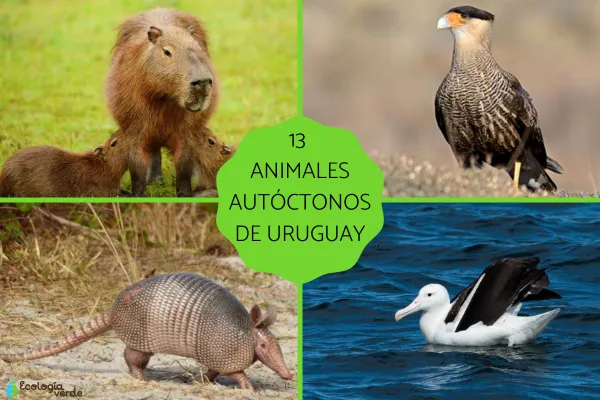
This large seabird is known for its majestic wingspan and gliding abilities. It breeds every two years and is highly vulnerable to longline fishing, which has drastically reduced its population.
Habitat: Southern Hemisphere coastal and oceanic regions
Conservation Status: Endangered (EN) – IUCN
Main Threats: Bycatch in commercial fisheries, marine pollution
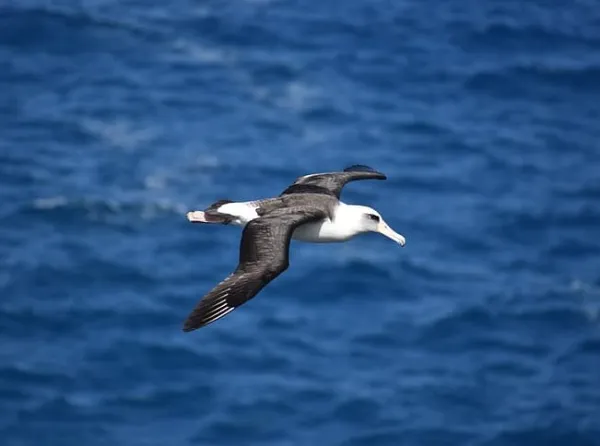
A small, brightly colored amphibian with high medicinal, cultural, and ecological value. It inhabits hilly regions in northern and eastern Uruguay.
Conservation Status: Near Threatened (NT)
Threats: Deforestation, climate change, soybean cultivation
Ecological Role: Insect control and environmental indicator species
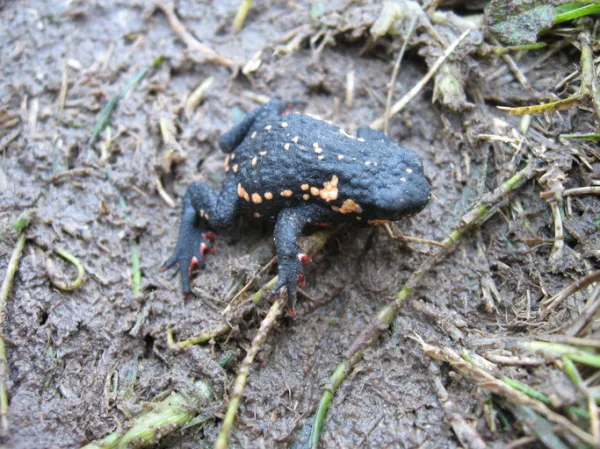
Also known locally as "tatú peludo" or “yellow-haired armadillo,” this omnivorous mammal digs burrows for shelter and foraging.
Habitat: Grasslands, shrublands, forests, and open fields
Diet: Insects, small animals, plant roots
Conservation Status: Least Concern (LC)
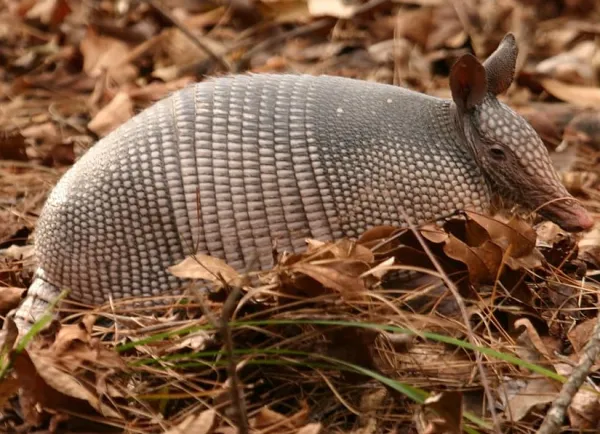
A native passerine bird recognized by its loud call and bold black-white head stripes with a bright yellow breast.
Habitat: Bushlands, wetlands, and riverbanks
Diet: Omnivorous (insects, fish, lizards, fruits, small rodents)
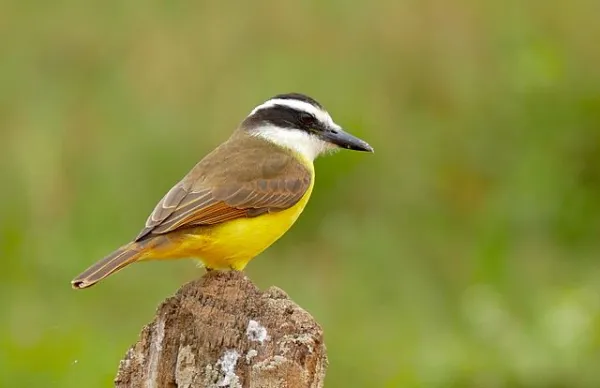
Nicknamed "mulita," this armadillo species digs with its long, pointed snout and claws. It has limited chewing ability, restricting its diet.
Conservation Status: Near Threatened (NT)
Threats: Hunting, habitat destruction
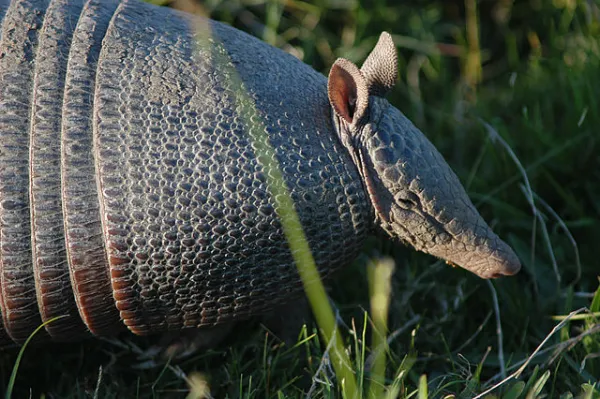
A common bird across Uruguay, often seen near coasts, marshes, and even city parks. Known for its loud, territorial calls.
Diet: Insects and small invertebrates
Breeding: Year-round; nests on the ground
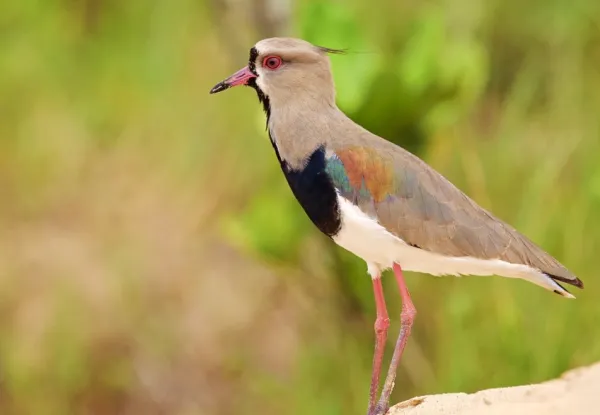
The world’s largest rodent, locally known as “carpincho” or “chigüire.” These herbivores live in groups near lakes, rivers, and wetlands.
Conservation Status: Near Threatened (NT)
Threats: Overhunting, habitat degradation
Protected: Recognized as a protected species by Uruguay’s DINAMA
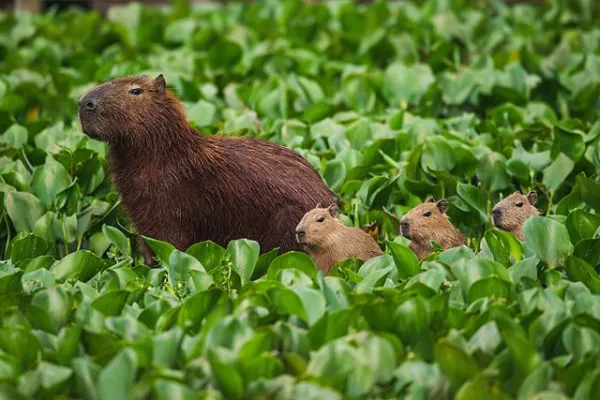
A large raptor from the falcon family. It has a distinctive black crest and yellow legs with hooked talons. Unlike other birds of prey, it spends more time walking.
Diet: Mostly carrion, but also small vertebrates
Habitat: Forest edges, grasslands, and open fields
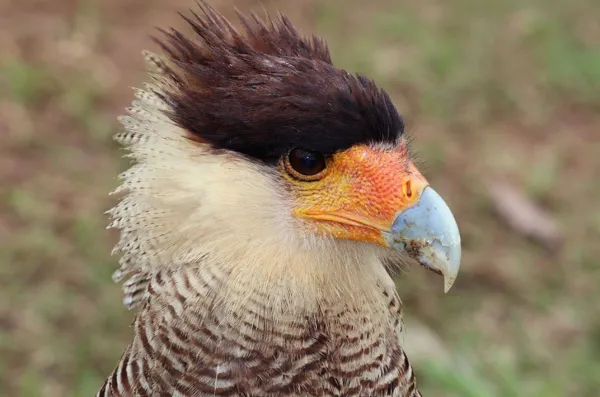
A baleen whale seen off Uruguay’s coast. It filters plankton with baleen plates and can reach 15 meters in length, weighing over 45 tons.
Color: Black with white patches on the underside
Notable Feature: Lacks a dorsal fin
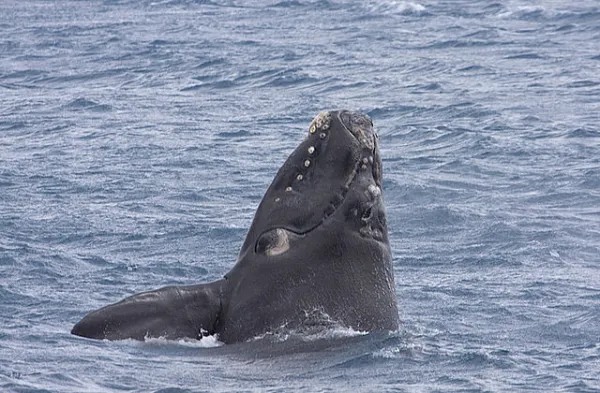
A nocturnal, insectivorous bat commonly found in cities and natural areas alike. It roosts in caves, tree hollows, and even house rooftops.
Color: Brown
Ecological Role: Natural insect control, especially mosquitoes
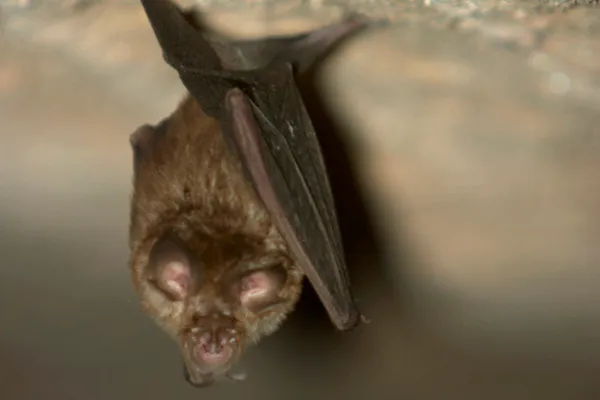
Called “tonina” or “tursión” in Uruguay, this dolphin is known for its intelligence and curved dorsal fin. It lives in coastal and estuarine waters.
Global Status: Least Concern (LC), but declining locally
Threats: Pollution, noise from boats, habitat disruption
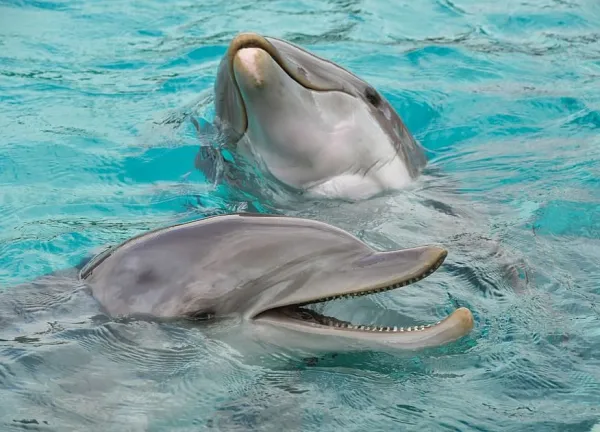
Also called “chicken spider” or “pollito,” this large spider is a long-lived, nocturnal predator. It senses prey using its body hairs.
Lifespan: 15–20 years
Habitat: Forests, under rocks, or tree trunks
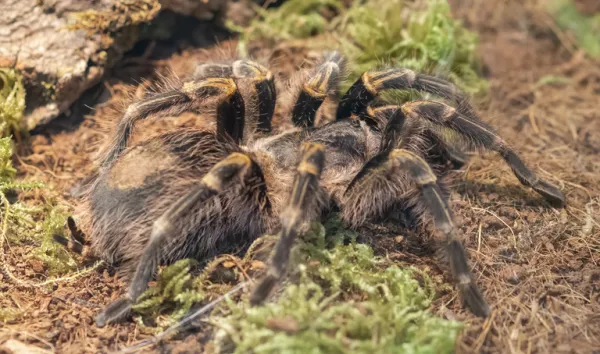
The largest bird in South America. Though flightless, it runs swiftly across open fields, steppes, and farmlands. It is omnivorous.
Diet: Seeds, insects, small vertebrates
Adaptation: Long legs for running, large body size
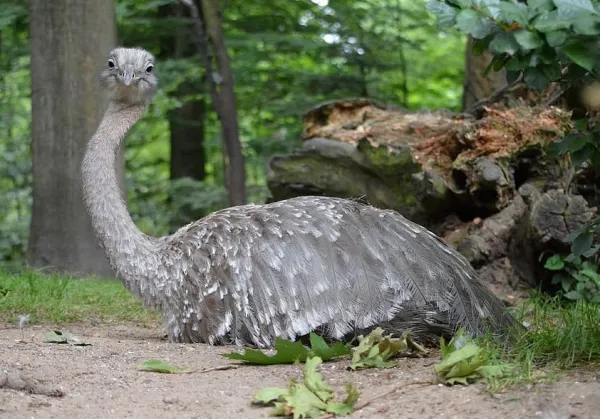
Uruguay’s native fauna represents a vital part of its national biodiversity. While not all species are exclusive to Uruguay, many face growing threats from habitat loss, hunting, and climate change. Conservation efforts are crucial not just for preserving species—but for protecting the integrity of Uruguay’s entire ecosystem.
animal tags: Uruguayan Animals
We created this article in conjunction with AI technology, then made sure it was fact-checked and edited by a Animals Top editor.